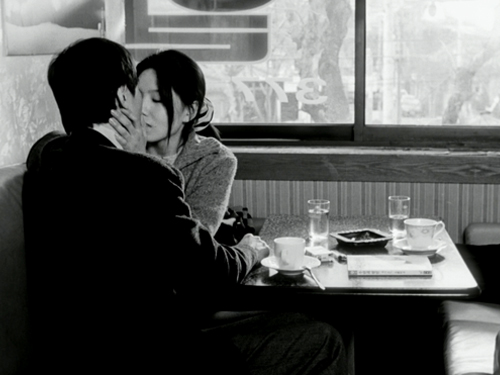
Poétique à force de précision, attentif aux durées, aux incertitudes de l'instant, aux mouvements esquissés et à ce qu’ils trahissent ou réfrènent, le cinéma de Hong Sang-soo semble n’être constitué que de détails, de moments contingents, qui soudain dérapent ou explosent. « Je ne vise jamais la généralisation ; le point de vue global sur la société n’est jamais à l’origine d’un film, ou même d’un plan. Il me semble que la réalité ne peut apparaître qu’entre les interstices d’éléments discrets, hypothétiques, incertains. Je me méfie des clichés et des grandes phrases, je ne crois pas, par exemple, qu’il existe ce qu’on pourrait appeler “la” Corée contemporaine. Je ne cherche jamais à faire partager une vérité, mais des approximations. »